Carob (Ceratonia siliqua)
The carob tree (Ceratonia siliqua), also known as St. John’s bread, is a resilient evergreen native to the Mediterranean region. With its distinctive leathery dark green leaves and long, twisting pods, the carob tree has been an integral part of Cyprus’ landscape for centuries.
Origins and Distribution
In the cradle of ancient civilizations, the carob tree has left its mark on both culture and commerce. The Egyptians prized carob pods for their uniform weight, using them as a measure for precious gems. Meanwhile, the Romans and Greeks celebrated the tree for its resilient nature, as it thrived in arid climates and poor soils.
Native Habitat
The carob tree is native to the Mediterranean region and Middle East. It thrives in warm climates and has found a home in various countries. Cyprus, with its sun-kissed soil and warm climate, provides an ideal environment for carob cultivation.
Appearance and Growth
The carob tree grows up to 15 meters (50 feet) tall. Its broad, semispherical crown is supported by a thick trunk with rough brown bark. The leaves are 10 to 20 centimeters (4 to 8 inches) long, alternate, and pinnate. Some trees are dioecious, while others are hermaphroditic.
Flowers and Pollination
When the carob trees blossom in autumn, they produce small, numerous flowers arranged spirally along the inflorescence axis. These flowers are pollinated by both wind and insects. Interestingly, the male flowers emit an odor reminiscent of human semen, caused in part by amines.
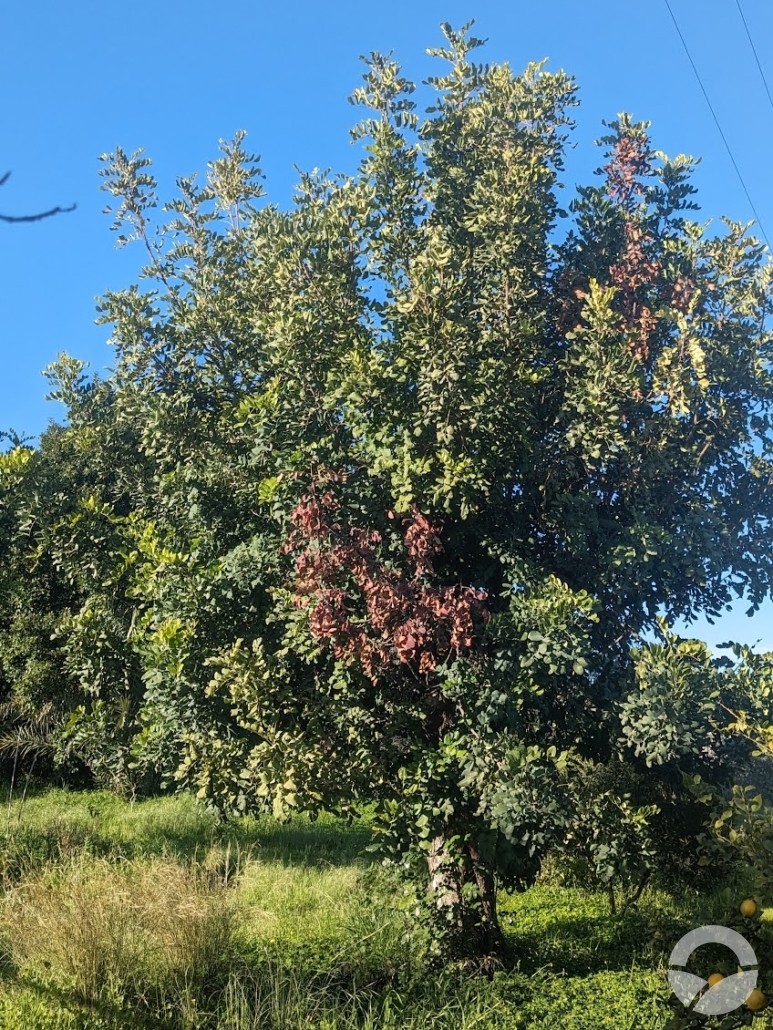
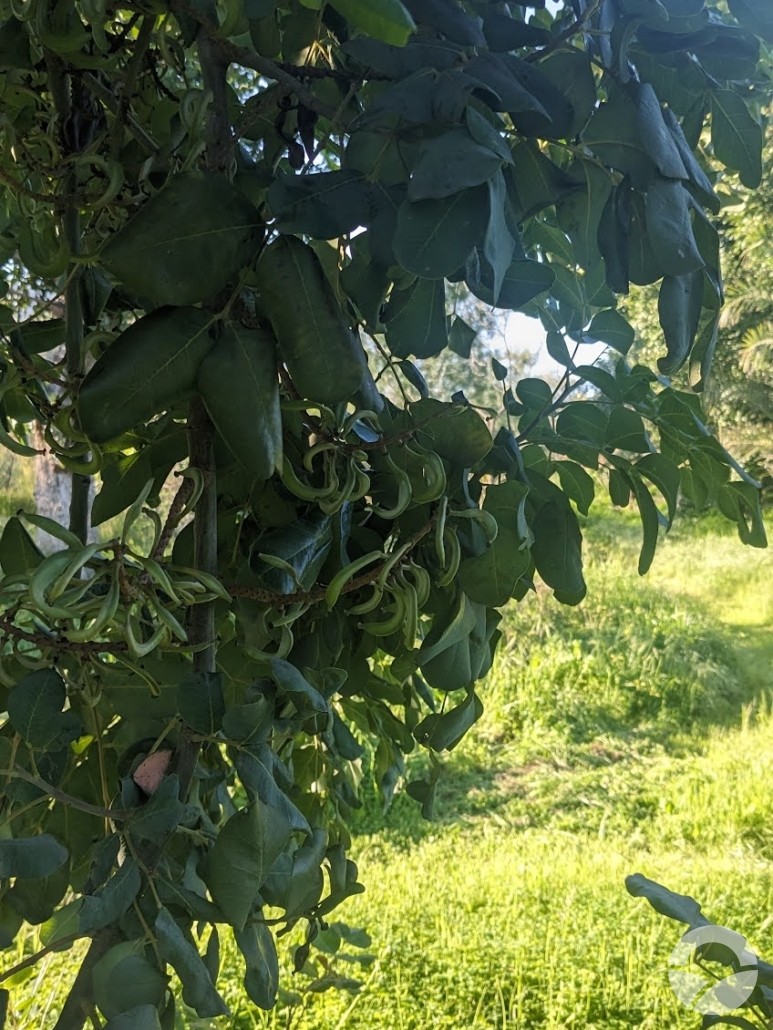
Fruit and Uses
Carob Pods
These pods take a full year to develop and ripen. When sweet and ripe, they fall to the ground and are consumed by various mammals, including swine. The hard inner seeds are dispersed through their excrement.
Carob Powder
The ripe, dried, and sometimes toasted pods are ground into carob powder. This powder has been used as an ersatz substitute for cocoa powder, especially during the natural food movement of the 1970s. It offers a sweet, caramel-like flavor and can be used as a chocolate alternative in recipes.
Locust Bean Gum
The seeds of the carob tree are used to produce locust bean gum (also known as carob gum). This natural thickening agent is commonly used in food processing.
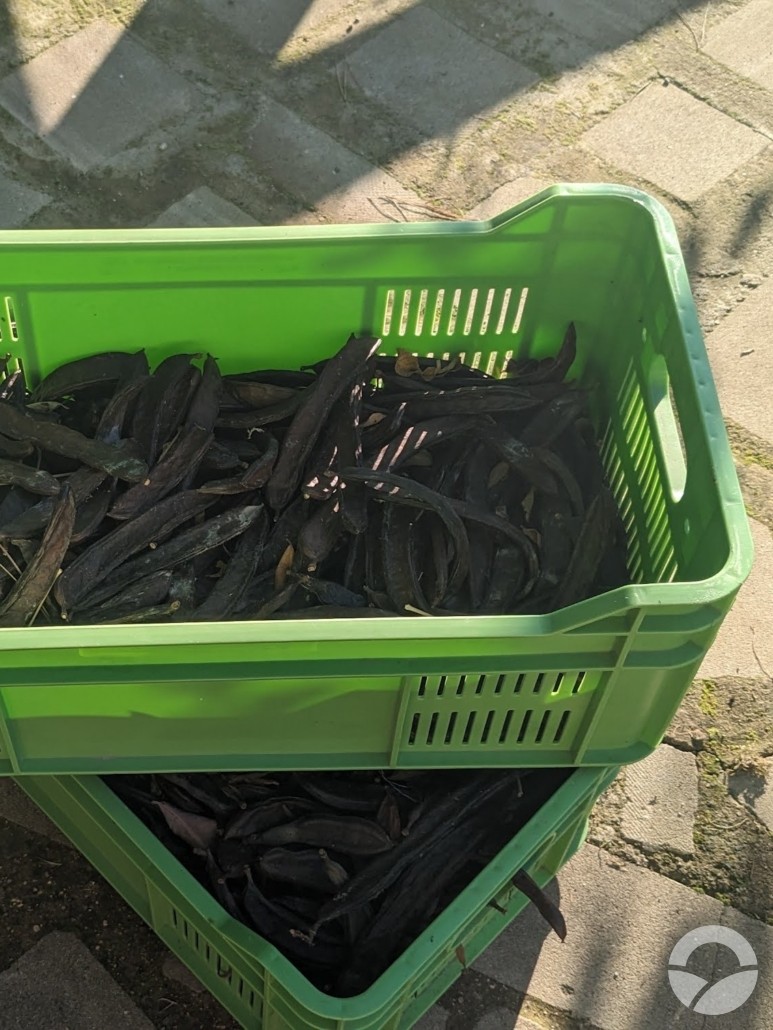
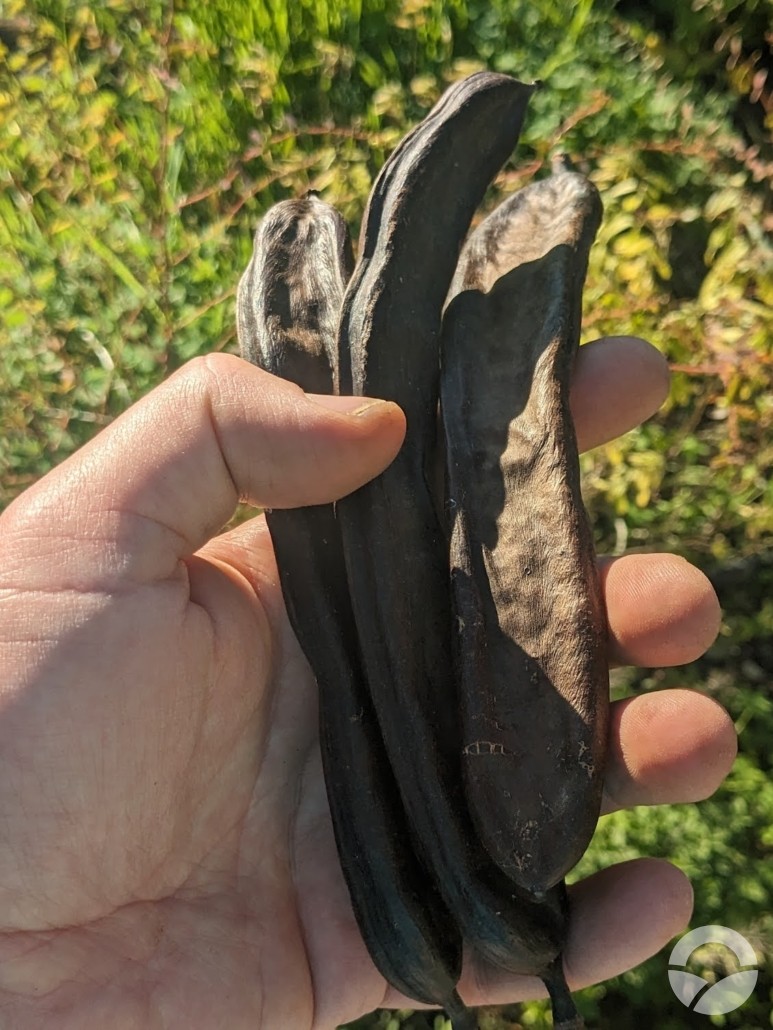
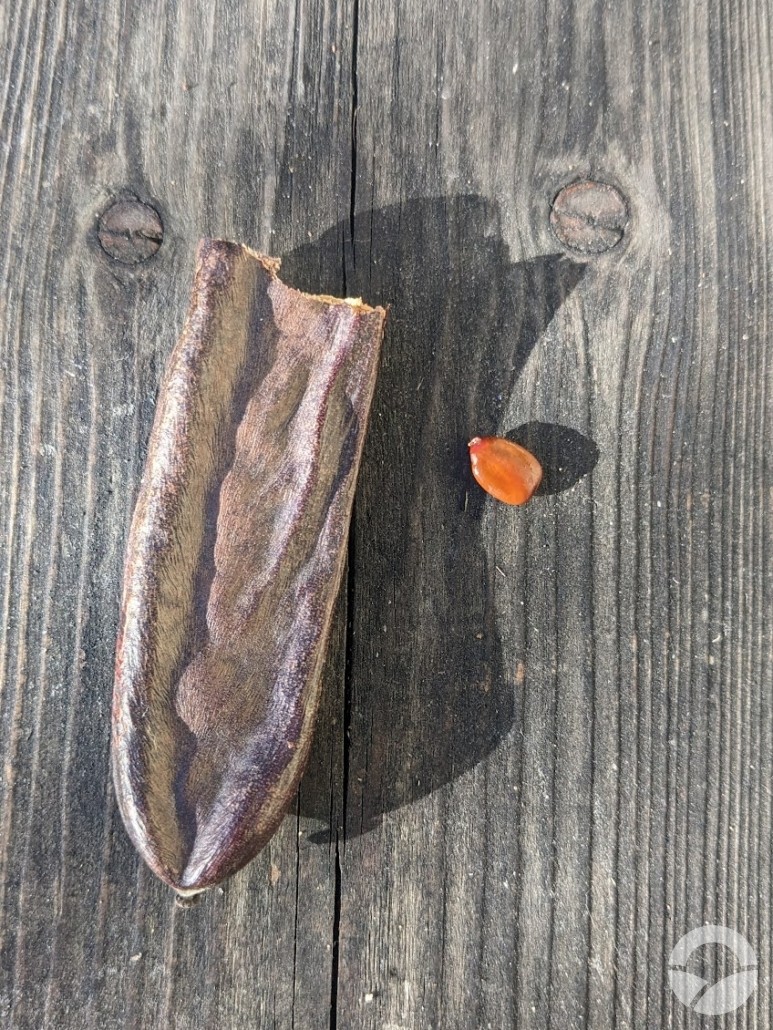
Culinary and Ornamental Uses
Baking and Desserts
Carob powder can be incorporated into cakes, cookies, muffins, and creamy desserts. Its mild taste pairs well with various ingredients.
Carob Drinks
Carob powder can be incorporated into cakes, cookies, muffins, and creamy desserts. Its mild taste pairs well with various ingredients. Or boost your smoothies by adding carob – it complements flavors like banana, almond milk, and dates.
Carob Spread
Blend carob powder with nut butter or tahini to make a unique spread for toast.
Carob Bread
Introduce carob into your bread recipes for a subtly sweet and earthy flavor. Carob bread pairs wonderfully with savory toppings or as a standalone snack.
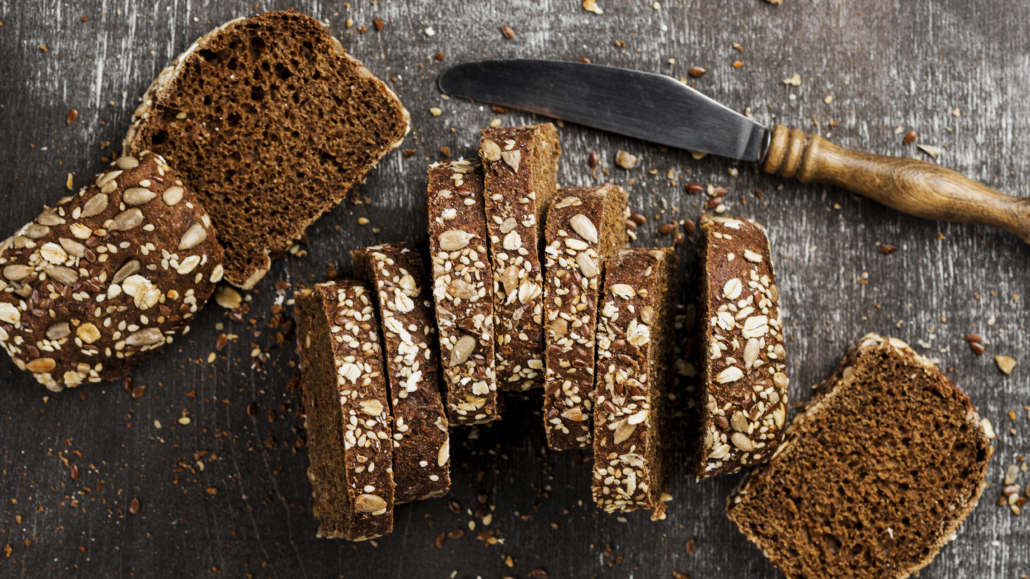
Care and Threats
The carob tree is a resilient and versatile species, but like any living organism, it requires proper care and attention. In this chapter, we’ll explore essential practices for maintaining healthy carob trees and discuss potential threats they may face.
Location
- Sunlight
Carob trees thrive in full sun. Ensure they receive ample sunlight throughout the day. - Well-Drained Soil
Plant carob trees in well-drained soil. They tolerate various soil types, including sandy or loamy soils, as long as they’re not waterlogged.
- Watering
Initially, provide regular watering to establish strong root systems. Once established, carob trees can tolerate drought conditions.
Care
- Mulch
Apply a layer of organic mulch around the base of the tree. This helps retain moisture and suppresses weed growth. - Fertilization
Annually fertilize the tree with a balanced organic fertilizer to promote healthy growth. - Prune
Regularly prune to maintain shape, remove dead or diseased branches, and encourage airflow. - Training
Train young carob trees by shaping their branches to ensure a strong structure.
Threats
- Carob Moth
Highly damaging and economic, this polyphagous insect infests carob trees, both in open fields and storage. - Bark and Wood-Boring Beetles
These insects can cause severe wilting and even death of carob branches and trunk. - Mealybugs, Scales, and Mites
Occasional pests that may affect carob trees. - Powdery Mildew
A common disease causing damage to carob trees. - Cercospora Leaf Spot
Another periodic disease affecting carob orchards.

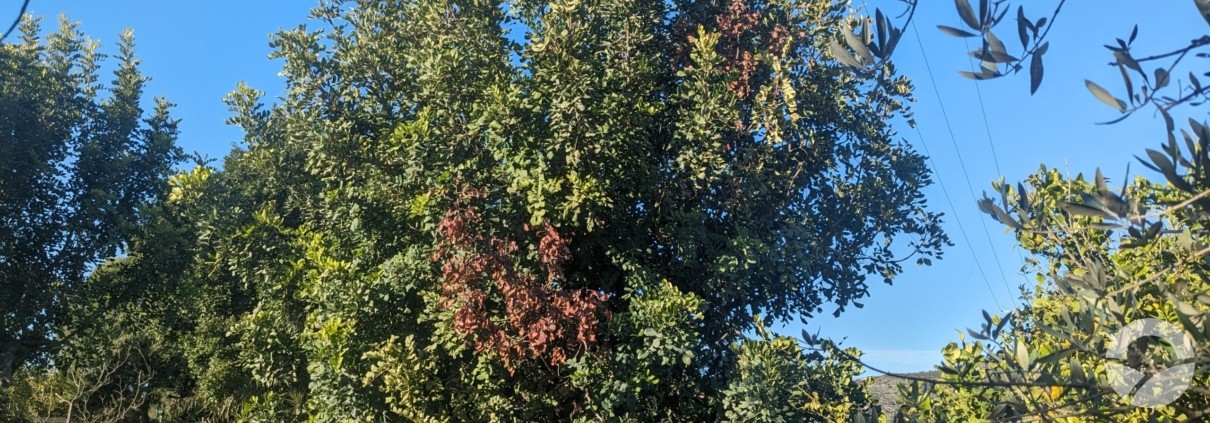
 Andy Morffew
Andy Morffew